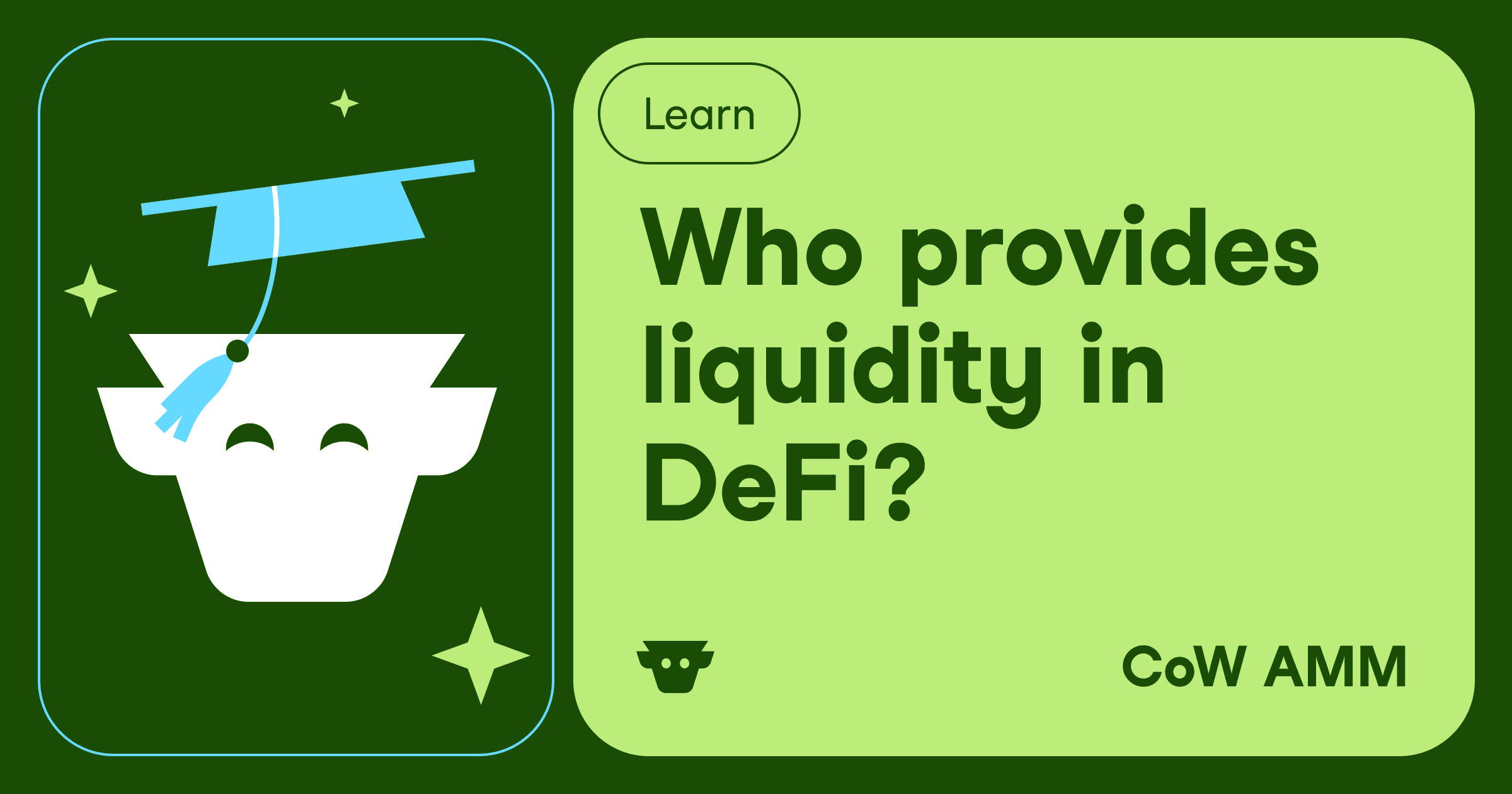How to track token flows with Nansen
Token flows represent the movement of cryptocurrencies between different addresses, exchanges, and protocols. These movements can indicate buying pressure, selling activity, or strategic positioning by major market participants. Nansen categorizes token flows into several key areas: fresh wallet activity, smart money movements, exchange flows, and general transfer patterns.
Fresh wallet activity tracks newly created addresses that receive significant token amounts. When a new wallet suddenly receives $2 million worth of ETH from multiple sources within 24 hours, this could signal institutional accumulation or preparation for a large trade. The platform filters out noise by focusing on wallets with substantial balances or high-volume transactions.
Smart money flows monitor addresses labeled as highly profitable or institutional. These wallets often demonstrate superior market timing and token selection. When smart money addresses collectively accumulate a specific token, it frequently precedes positive price movements. Conversely, mass selling by these addresses can signal impending market corrections.
Fresh wallet dashboard analysis
The Fresh Wallet dashboard serves as a primary tool for identifying newly funded addresses and their token activities. This feature helps users discover emerging patterns before they become widely recognized. The dashboard displays fresh wallets by token balance, inflow value, and transaction frequency across multiple timeframes.
Consider a scenario where the dashboard shows 50 fresh wallets receiving LINK tokens worth $5 million collectively over seven days. Further analysis reveals that 80% of these wallets have not sold their positions, suggesting accumulation behavior. Cross-referencing this data with price charts and decentralized exchange trading volumes provides additional context for investment decisions.
The system allows filtering by wallet age, minimum transaction values, and inclusion or exclusion of centralized exchange addresses. Setting a seven-day wallet age filter with a $100,000 minimum transaction threshold focuses attention on the most significant new market participants.
Smart money movement tracking
Smart Money Token Flows represent one of Nansen's most actionable features. These alerts track token movements involving addresses with proven track records of profitable trading or institutional status. The platform identifies these addresses through various criteria including transaction history, profit ratios, and association with known entities.
A practical application involves monitoring smart money flows for mid-cap tokens. Setting parameters for tokens with market caps between $10 million and $250 million, minimum daily inflows of $10,000, and maximum token age of 365 days creates a focused alert system. This configuration helps identify emerging opportunities while filtering out established tokens and insignificant movements.
Portfolio defense represents another crucial use case. Creating alerts for tokens in your watchlist with smart money flow thresholds of $150,000 provides early warnings of significant position changes by sophisticated traders. If smart money addresses begin selling tokens you hold, this may indicate undisclosed negative developments requiring immediate attention.
Token and NFT signal implementation
Nansen's Signals feature automatically identifies extraordinary on-chain activity across multiple categories. Centralized exchange token flow signals highlight unusual inflows or outflows to major exchanges, often indicating buying or selling pressure. Decentralized exchange token flow signals track similar activity on automated market makers and order book exchanges.
Fresh Wallet Flow signals identify new addresses acquiring specific tokens, potentially revealing large entities attempting to obscure their activities through address rotation. Top Balance Change signals monitor whether major holders are increasing or decreasing their positions.
Creating a signal alert for all decentralized exchange token flows on Arbitrum with minimum values of $500,000 helps identify significant trading activity on that network. When tokens show large outflows from exchanges, it often indicates buying pressure as traders move tokens from exchanges to personal wallets for long-term holding.
Exchange flow interpretation
Exchange flow monitoring provides insights into market sentiment and potential price movements. Large inflows to exchanges typically suggest selling pressure, while significant outflows indicate accumulation or withdrawal to cold storage.
Setting up exchange flow alerts with parameters of $100,000 minimum flow over 24 hours for tokens with market caps under $300 million creates a system for identifying extreme movements. When a token shows $5 million in unexpected exchange inflows, it may signal major holders preparing to sell, potentially causing price declines.
The platform distinguishes between different types of exchanges and provides context about whether movements represent genuine trading activity or routine operational transfers. This distinction proves crucial for accurate interpretation, as some large transfers represent normal business operations rather than market positioning.
Smart contract activity monitoring
Smart Contract Call alerts enable monitoring of specific protocol interactions. This proves particularly valuable for tracking activity in protocols where you have significant funds deposited. Setting alerts for unusual transaction volumes or patterns can provide early warnings of potential security issues or market events.
Monitoring a stablecoin liquidity pool where you have funds deposited with alerts set for transactions exceeding $50 million helps identify de-pegging events or large-scale withdrawals that might affect your position. These alerts can provide crucial early warning before broader market recognition of developing issues.
Comprehensive system integration
Effective token flow tracking requires combining multiple alert types and data sources. A comprehensive monitoring system might include fresh wallet alerts for discovery, smart money flows for validation, exchange flows for timing, and signals for confirmation.
When tracking a specific token across all these dimensions, fresh wallet alerts reveal new accumulation, smart money flows confirm sophisticated trader interest, exchange flows indicate market direction, and signals provide automated detection of unusual activity. This multi-layered approach provides robust market intelligence that no single metric could deliver alone.
Implementation best practices
When implementing token flow tracking, start with broad parameters and gradually refine based on results. Begin with higher minimum values to reduce noise, then adjust thresholds based on the tokens and markets you monitor. Different token categories require different parameter settings—high-capitalization tokens need higher thresholds than emerging tokens to filter meaningful activity.
Geographic and temporal considerations also matter. Monitoring flows across different blockchain networks and time zones provides comprehensive coverage. Setting alerts for multiple timeframes captures both immediate opportunities and longer-term trends.
Regular review and adjustment of alert parameters ensures continued relevance as market conditions evolve. What constitutes significant flow values changes with overall market volatility and individual token characteristics.
Token flow tracking transforms raw blockchain data into actionable intelligence. By systematically monitoring fresh wallet activity, smart money movements, exchange flows, and automated signals, users gain comprehensive market insight. Success lies in proper parameter configuration, multi-dimensional analysis, and consistent refinement of monitoring systems. This approach enables early identification of market trends, validation of investment decisions, and protection of existing positions through real-time awareness of significant token movements.
Frequently asked questions
How to track money flow in crypto?
Track crypto money flows by monitoring token movements between addresses, exchanges, and protocols using specialized analytics platforms. Focus on fresh wallet activity that shows newly created addresses receiving significant token amounts, exchange flows indicating buying or selling pressure, and general transfer patterns. Set up alerts for different flow categories including minimum transaction thresholds (like $100,000) and specific timeframes to filter out noise and focus on meaningful movements. Combine multiple data sources including fresh wallet alerts for discovery, exchange flows for market timing, and automated signals for comprehensive market intelligence.
How can you track crypto transactions?
Crypto transactions can be tracked through blockchain explorers and analytics platforms that monitor on-chain activity. Use tools that categorize transactions into key areas like smart money movements, exchange flows, and fresh wallet activity. Set up monitoring systems with specific parameters such as minimum transaction values, wallet age filters, and timeframe restrictions. For comprehensive tracking, monitor transactions across multiple dimensions including DEX and CEX flows, smart contract interactions, and unusual activity patterns. Geographic and temporal considerations are important, so track flows across different chains and time zones with alerts set for multiple timeframes.
How to track liquidity in crypto?
Track crypto liquidity by monitoring exchange flows, DEX token movements, and smart contract interactions within liquidity pools. Large inflows to exchanges typically indicate selling pressure and reduced liquidity, while significant outflows suggest accumulation. Set up alerts for exchange flows with parameters like $100,000 minimum flow over 24 hours for tokens under $300 million market cap. Monitor DEX token flows to identify significant trading activity, and use smart contract call alerts to track protocol interactions, especially for pools where you have funds deposited. Watch for unusual transaction volumes or patterns that might indicate liquidity events or market movements.
How to track smart wallets in crypto?
Track smart wallets by monitoring addresses with proven track records of profitable trading or institutional status, identified through transaction history, profit ratios, and association with known entities. Set up smart money flow alerts with specific parameters like tokens with market caps between $10 million and $250 million, minimum daily inflows of $10,000, and maximum token age filters. Focus on wallets that demonstrate superior market timing and token selection. When smart money addresses collectively accumulate specific tokens, it often precedes positive price movements. Create portfolio defense alerts with thresholds around $150,000 to get early warnings when sophisticated traders change positions in tokens you're monitoring.


